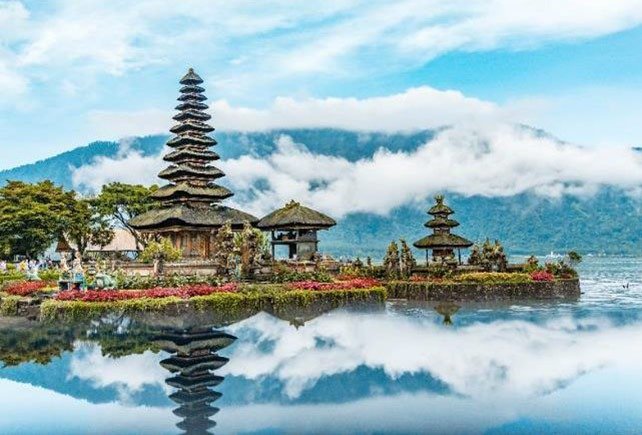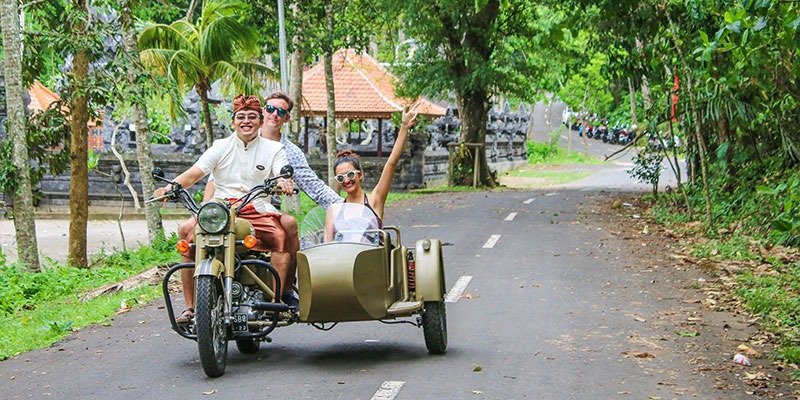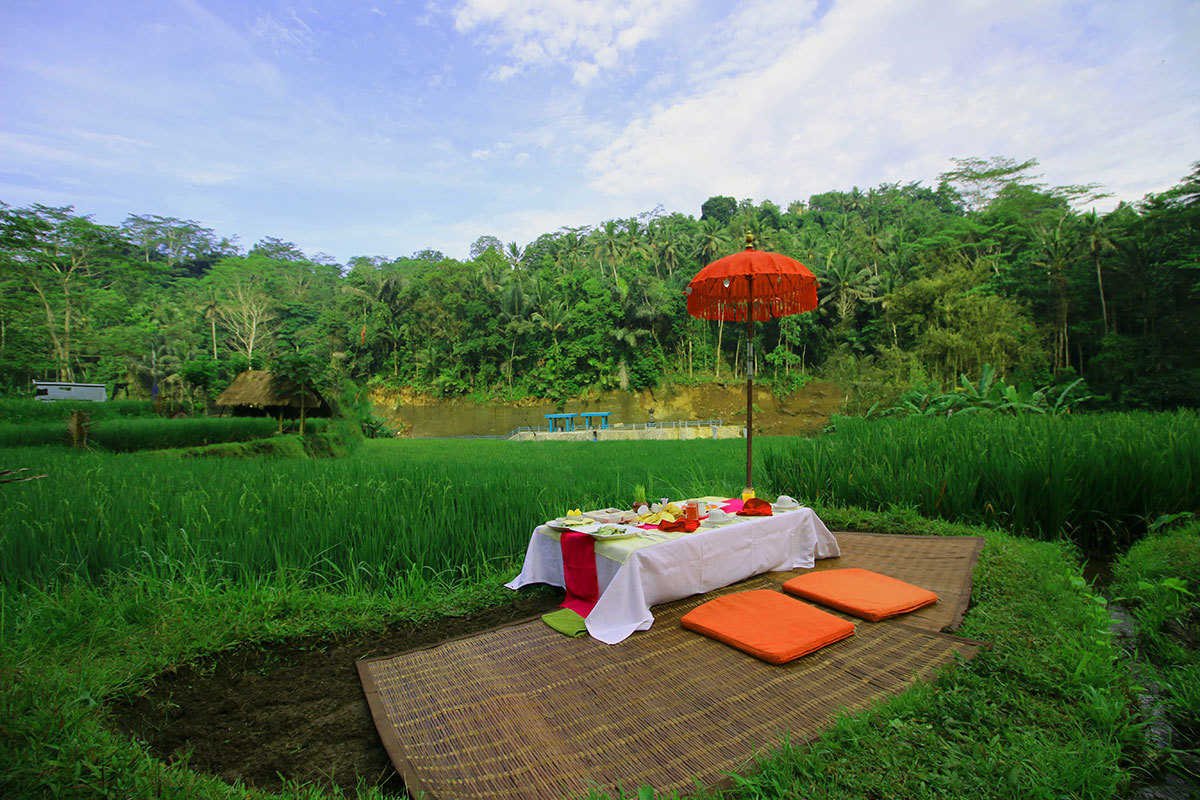
Balinese culture: religion, gods and Top 6 most important ceremonies
BALI GUIDE Balinese culture: religion, gods and Top 6 most important ceremonies Balinese culture: Religion The main religion in Balinese culture is Hinduism, but it is quite different from the Indian Hindu religion. In Bali, the religion is closer to what we can call “animism”: the belief in the souls of all things in nature.












